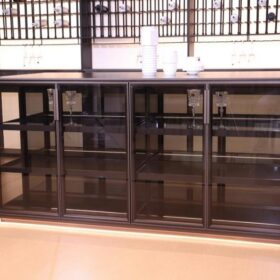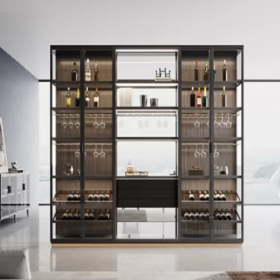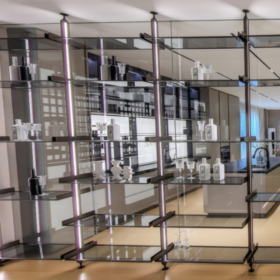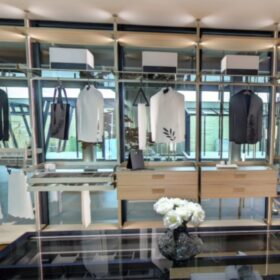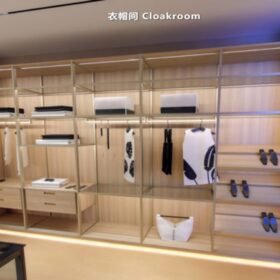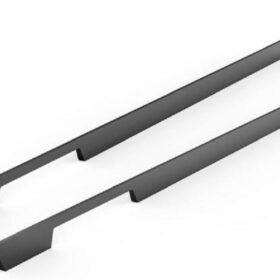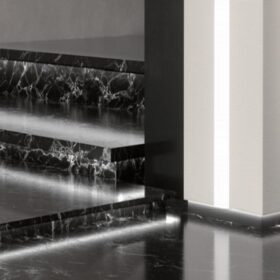Choosing Between Different Types of Aluminium Edge Profiles
A Detailed Guide to Enhance Your Projects
As you embark on your next architectural or interior design project, selecting the ideal aluminium edge profile becomes paramount. These profiles serve as the finishing touch to your designs, transforming them from ordinary to extraordinary. Understanding the nuances of each type can empower you to make informed decisions that elevate the aesthetics and functionality of your creations.
Flat Profiles: Minimalism and Versatility
Flat profiles offer an understated yet sophisticated touch, blending seamlessly with modern and minimalist designs. Their versatility extends to various applications, such as wall cladding, cabinetry, and furniture edging. They provide a clean and contemporary aesthetic that complements both straight and curved surfaces.
T-Profiles: Intersection Elegance
T-profiles excel in creating elegant intersections between different materials. They are often used to join countertops, wall panels, and door frames. Their distinctive shape allows for a flush finish, concealing the transition and creating a visually pleasing effect.
Corner Profiles: Strength and Protection
Corner profiles provide structural support and protection for exposed edges. They are typically employed in high-traffic areas or to protect against potential damage. Their right-angle design ensures a secure fit, preventing chipping and wear.
Bullnose Profiles: Soft and Inviting
Bullnose profiles feature a rounded edge that adds a tactile element to designs. Their soft curves create a welcoming and ambient atmosphere, making them ideal for use in residential settings, such as kitchens, bathrooms, and living rooms.
Shadowline Profiles: Depth and Dimension
Shadowline profiles create an illusion of depth by casting shadows on the surface they are attached to. They provide a subtle yet striking effect, adding character and dimension to walls and cabinetry.
Selecting the Right Profile
Choosing the appropriate aluminium edge profile requires consideration of several factors, including:
Aesthetics: Match the profile to the overall design style and color scheme.
Functionality: Determine the intended purpose and the need for protection or support.
Materials: Ensure compatibility with the materials being used for the project.
Installation: Consider the ease of installation and the required tools.
Conclusion
By understanding the different types of aluminium edge profiles and their unique characteristics, you can transform your designs into works of art. From the minimalist elegance of flat profiles to the protective functionality of corner profiles, each type offers its own advantages. By making an informed choice, you can elevate the aesthetics, functionality, and durability of your next project.
-
2024-11-29Top Trends in Modern Kitchen Cabinet Pulls for 2024
-
2024-11-28The Ultimate Guide to Modern Kitchen Cabinet Pulls- Materials, Styles, and Tips
-
2024-11-27Elevate Your Kitchen Design with These Must-Have Modern Cabinet Pulls
-
2024-11-26Sleek and Stylish- The Best Modern Kitchen Cabinet Pulls for a Contemporary Look


